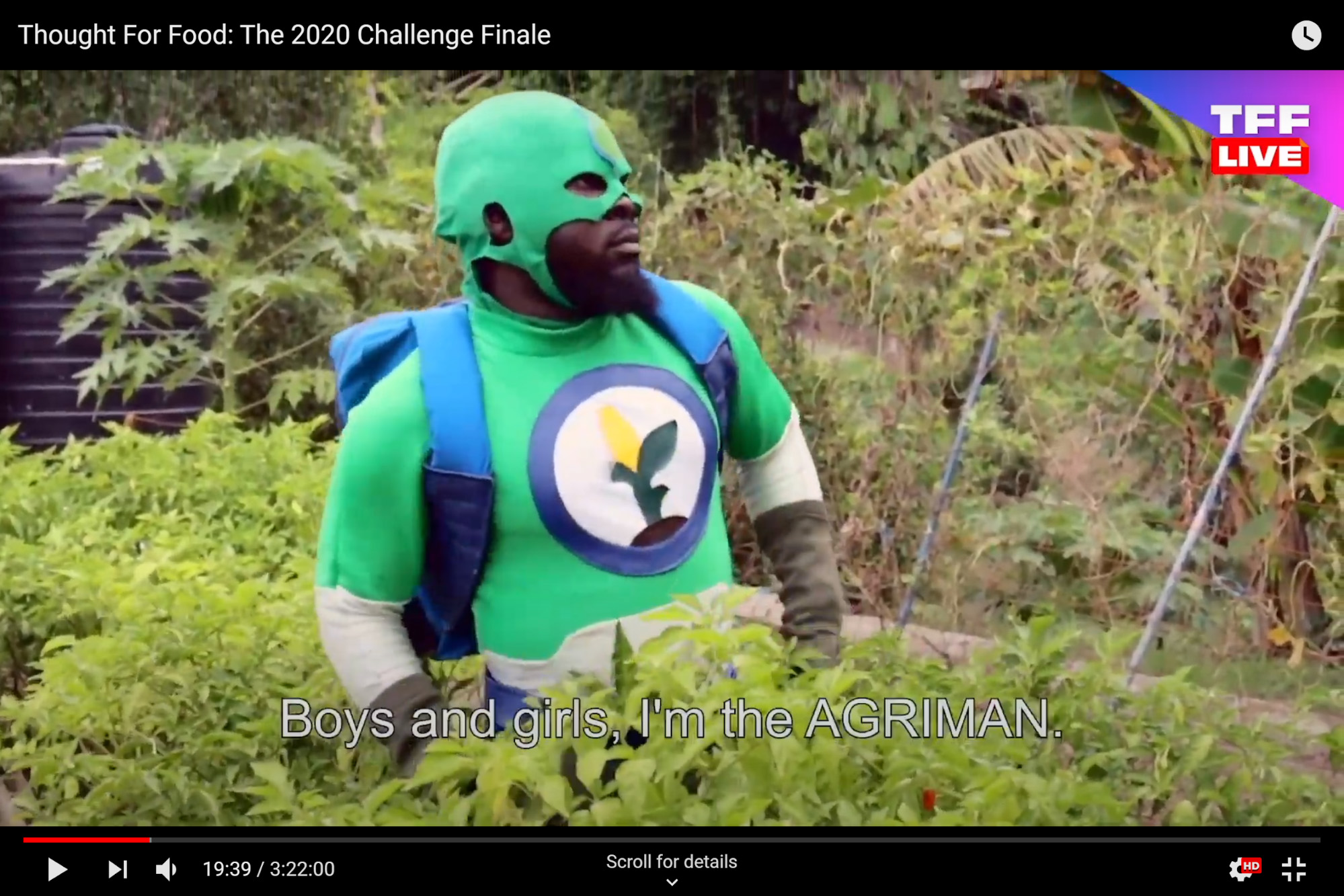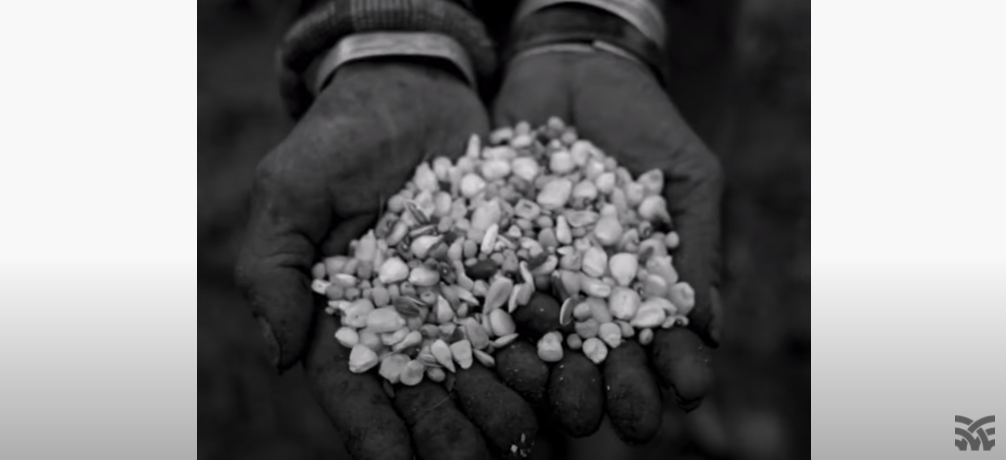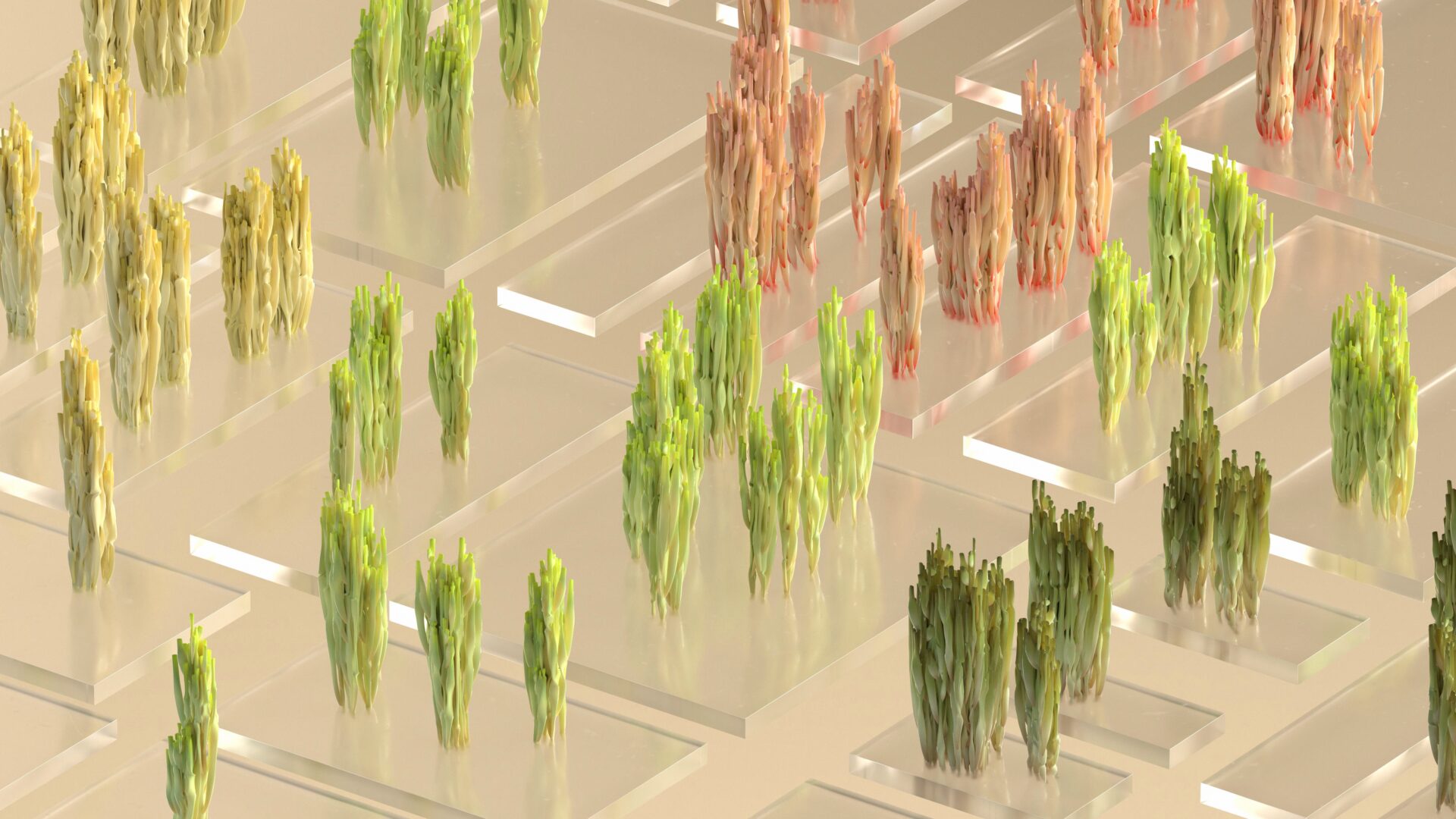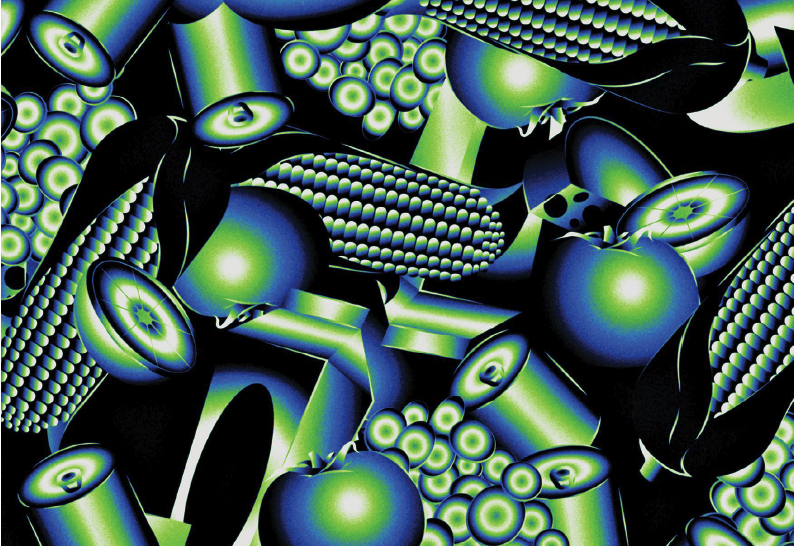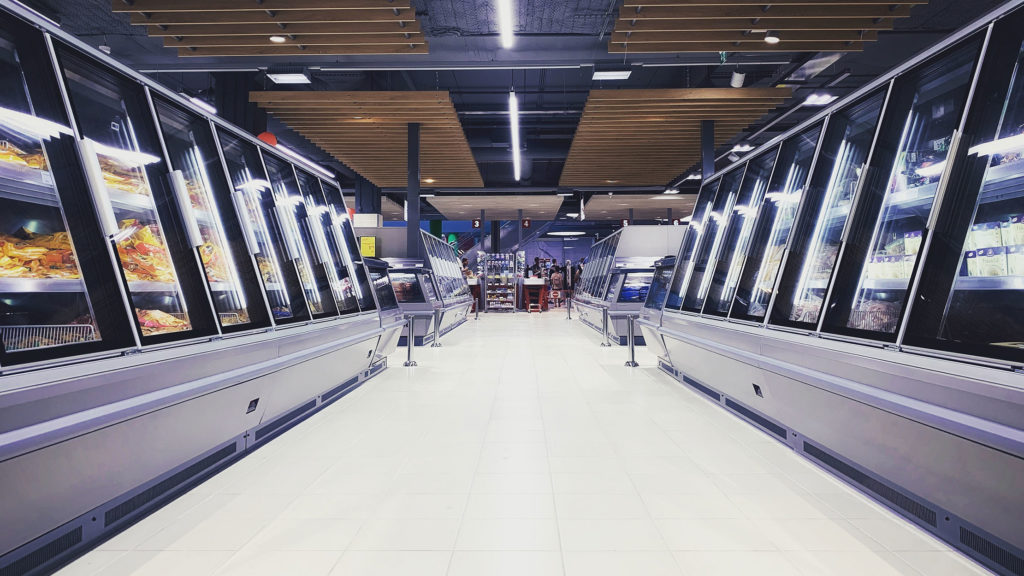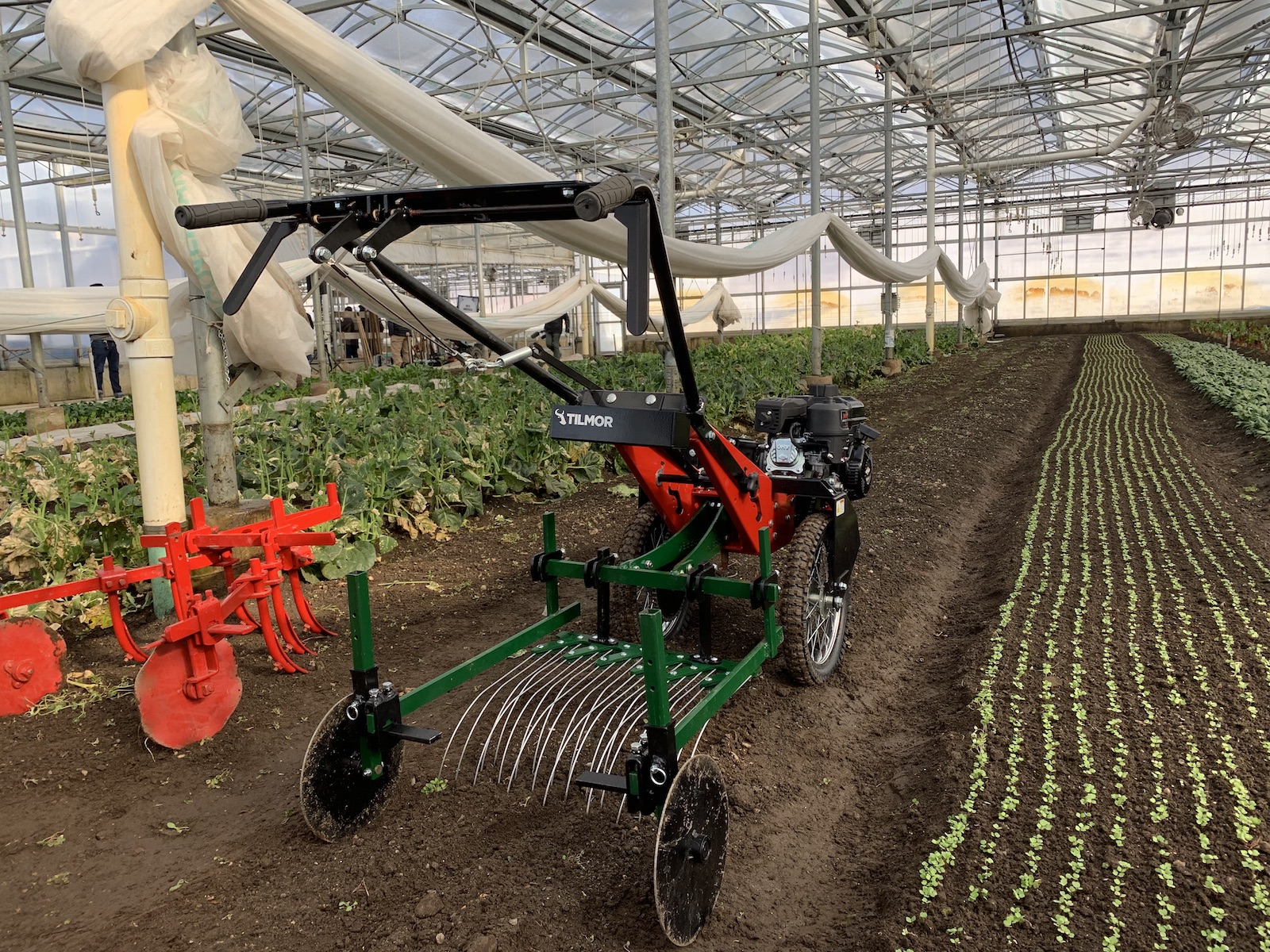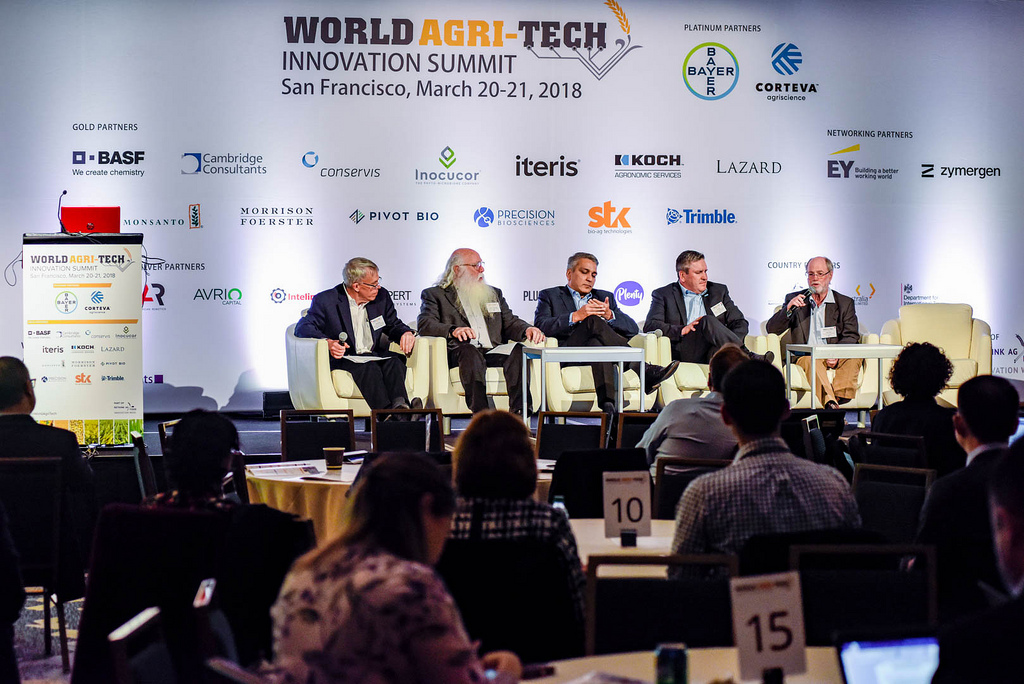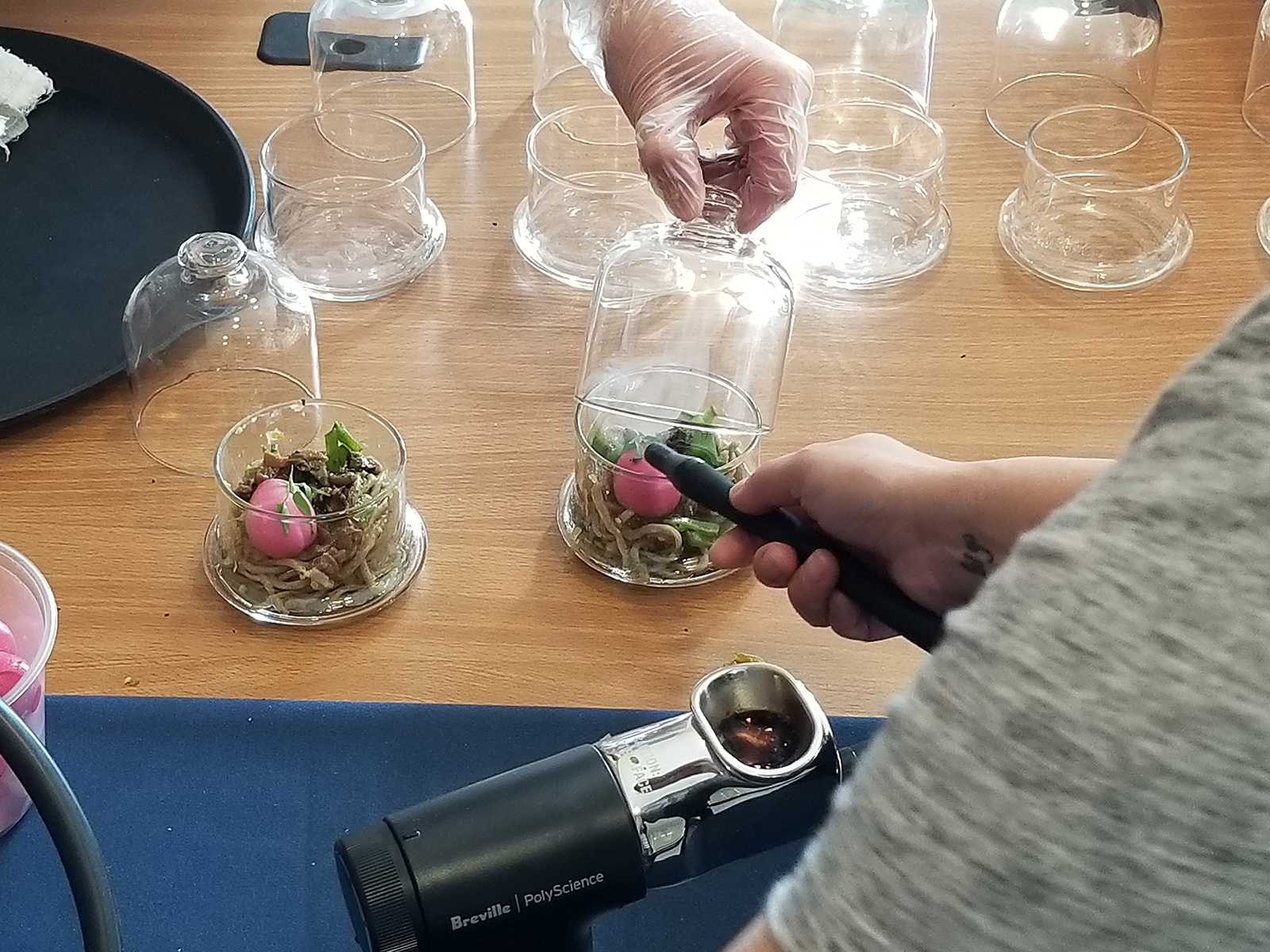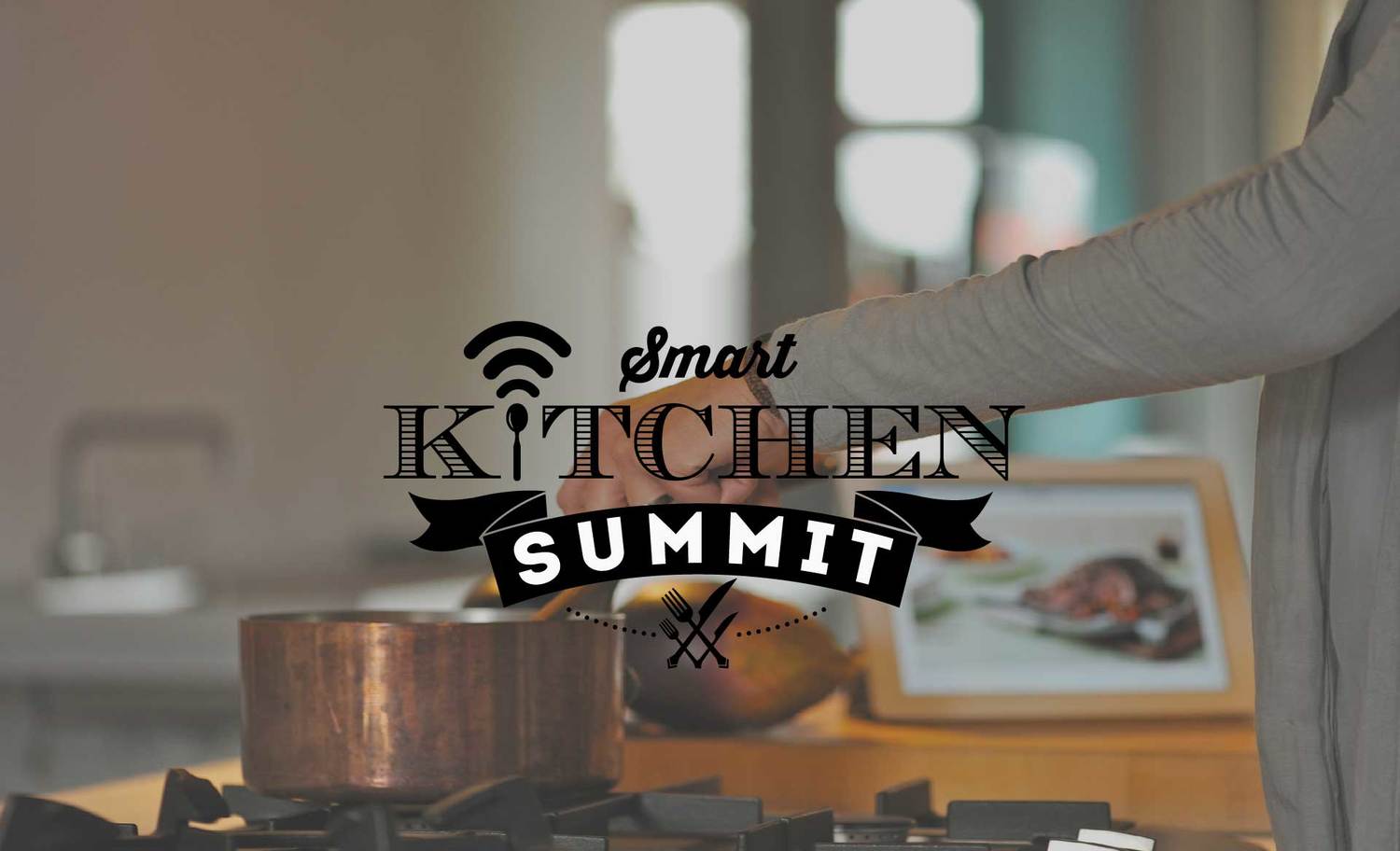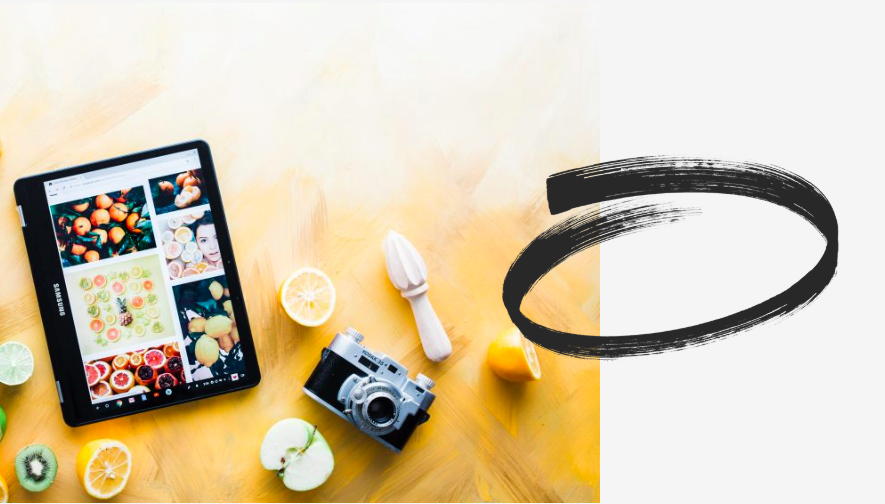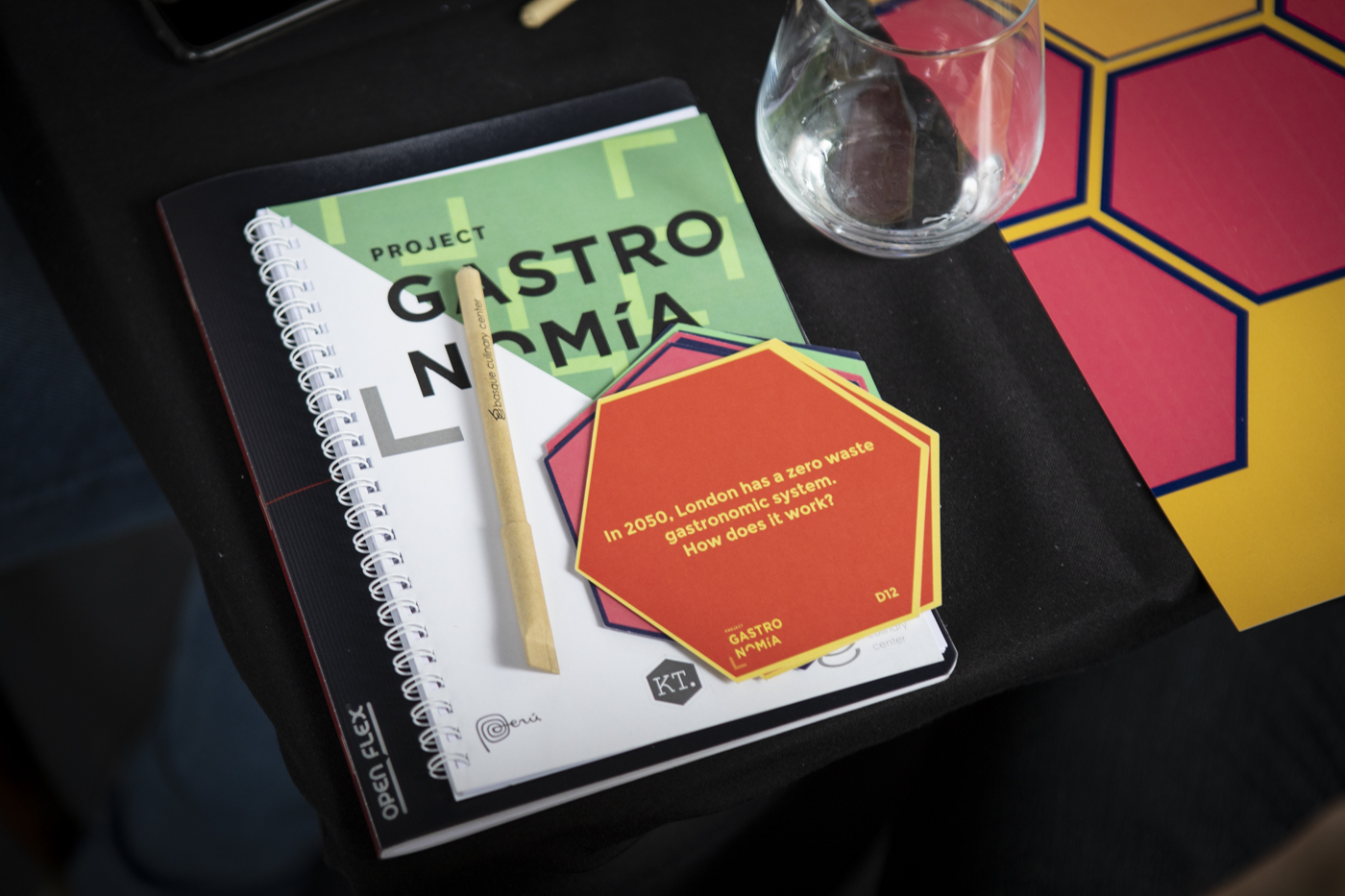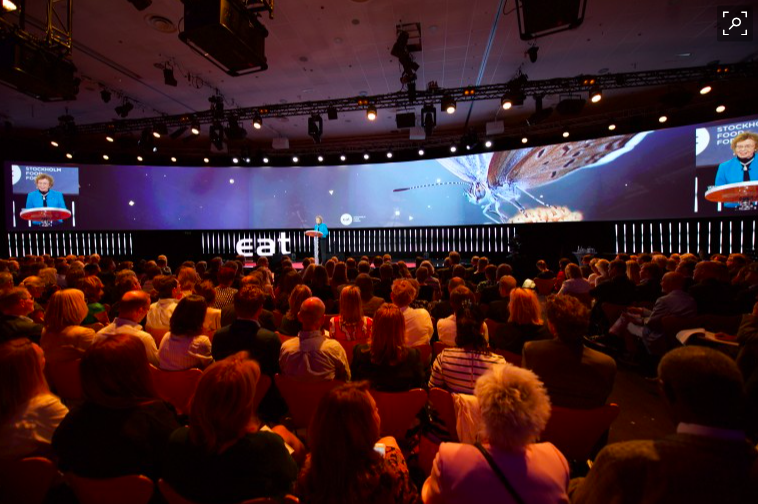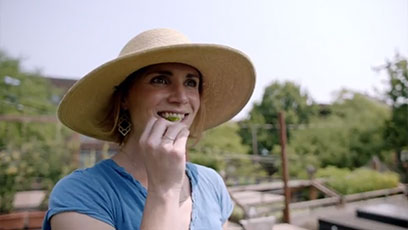The likes of Ferran Adria, Heston Blumenthal and Wylie Dufresne deep-diving into science books and collaborating with folks in lab coats—rather than chef’s whites—birthed a movement that came to dominate the upper, and often pricier, ends of the international food scene in the late 90’s.
Chefs harnessed their newfound physical and chemical understanding to engage in apparent alchemy: playful, often high-concept dishes that had the chops, flavorwise, to back up the surprises they harbored. Think El Bulli’s iconic spherified olives and Dufresne’s spaghetti strands conjured from shrimps. But poorer imitations followed, and widely: countless dishes accessorised with gels and foams of indeterminable purpose and flavour brought to mind visions of kitchens packed with rabid sailors hawking and frothing saltily over every plate to hit the pass.
Molecular gastronomy’s star soon waned and many chefs of the last decade have distanced themselves from it, despite it irreparably transforming how many cook. (Many of its most prominent chefs distances themselves from the term, even at its height.) However, it left people in kitchens asking more questions and seeking a deeper understanding of what happens—and what’s possible—when they cook, furnished them with new, now indispensable, tools, and established precedent for chef-scientist collaborations.
But, almost a decade since El Bulli’s closure, how are scientists and chefs working together and how can they do so better? The Nordic Food Lab’s (NFL) recent Gastro-Science-Chef Copenhagen symposium brought together both camps and the people working at the interface between them who, to a large extent, still lack a proper title.
Pia Sorensson—co-organiser of the symposium and Senior Preceptor in Chemical Engineering and Applied Materials at Harvard—reflected on her experience of how best to educate scientists to prepare them for such hybridised roles based on the programs (some accessible online) she runs, while food writer and culinary consultant Anne E. McBride meditated on how the role of the chef has, quite dramatically, changed in the past 150 years, and how it might change further.
Of particular note, in collaboration with the NFL, Charlotte Schmidt and Peter Faxholm spoke of their bid to exploit the culinary potential of squid found near Danish waters as part of the Smag for Livet project with Copenhagen University’s food science department. The ‘squid squad’ documented 44 species of cephalopod accessible to Danish fisherman, identified those most suitable for fishing, and carried out gastrophysical investigations into their comestibility: sensory testing of their texture, assessment of their umami potential and toxicity, visual analysis of the squid’s complex collagen structure, and recipe development with NFL chefs. Ultimately, the team honed in on the Nordic ten-armed loligo, which aside from being tasty and a viable catch, has a low heavy metal content making it suitable even for pregnant women. Embracing the multidisciplinary, they even made Japanese gyotaku, imprints of squids made with their own ink, which seems either wonderfully poetic or slightly sadistic, perhaps both. Either way, the results are beguiling.
The project’s broad scope is an excellent example of how gastrophysics—the discipline Ole G. Mouristsen, a founder of the field and symposium co-organiser, defined as focusing on aspects of cooking and gastronomy that relate to phenomena that can be described and explained in a frame of physics, chemistry, and associated sciences—can help bring delicious, sustainable, healthy food products to market, and represents how holistic scientist-chef interactions should be.
In a similar project, researchers from Denmark and Germany used polymer physics to find a way to make crisps out of invasive species of jellyfish. Analogous to how jellyfish are “cooked” in Asia using salts, not dissimilar to how pickles get their distinctive crunch, the team found a way to yield crisps with the perfect texture, avoiding rubbery or glassy extremes, and without the jellyfish disintegrating into nothingness. They have also explored the idea of making crisps from the gel within a pig’s eye, which is very similar, chemically and physically, to jellyfish mass.
Meanwhile, chef Rasmus Monk, of Copenhagen’s Alchemist, acknowledged the debt his style of cooking had to molecular gastronomy, saying, “every restaurant uses chemistry and physics to help their meal come closer to perfection.” Perhaps the biggest change the molecular gastronomy movement has effected is not the veracity of this but that cooks are now aware of it. Monk emphasised that such techniques should be harnessed in a nuanced way forming one part of a chef’s arsenal and, reflecting the ambitions of much of the work presented at the symposium, spoke of his preference for and coining of the term holistic cuisine, which encompasses the interfaces between the aesthetical, emotional, and gastrophysical, and the entirety of the space and atmosphere around a plate, in addition to the food.
During a workshop, he and his team served a perfect visual facsimile of a cherry: a red shell of cocoa butter filled with cherry juice, complete with stalk and served on a bowl of ice. In its intensity, directness and seeming simplicity it recalls Adria’s olive and is, I would venture, as life-affirming. I may have snaffled several. While its creation involves some technical shennanigans, Monk assured us it’s actually quite simple, a vehicle merely to elevate the taste of cherries and transport him to the summers of his childhood.
And this encapsulates what, for me, should be at the core of the chef-scientist interaction: storytelling. The layers of understanding and clarity that scientists can peel back about the world we eat and how to transform food in miraculous ways should be harnessed by chefs—and guided by their desire—to tell more powerful stories. Be they about the ingredients, the producers, the restaurant, or the chef.
However, regardless of the loftiness of their ambitions, these events are worth nout if nothing happens once their doors close. It is heartening, therefore, that a special edition of the International Journal of Gastronomy and Food Science is already set to be published in autumn, featuring papers written by several attendees based on their work and ideas fomented specifically over these two days. So chef Jozef Youssef and myself, for example, will be outlining our vision for how IT and technology should be harnessed to influence the ways cooking is taught to enhance people’s connection with food and global health outcomes in the future.
Moreover, a number of further collaborations are in swing: this week I visited speaker Dr. Bernat Guixer, an organic chemist currently fermenting, brewing and distilling myriad exciting foods and drinks at El Cellar de Can Roca in Girona, Spain, to discuss, amongst other things, how the two of us, as scientists already working at that new and exciting interface, can help guide chef-scientist interactions. Further, MOLD hope to have several of the symposium’s attendees with us at September’s TechFest in Copenhagen to continue the discussions about the broader role of interfaces in food systems.
Here’s hoping the symposium will be run again next year and that we can showcase some of the fruits of its first outing.
